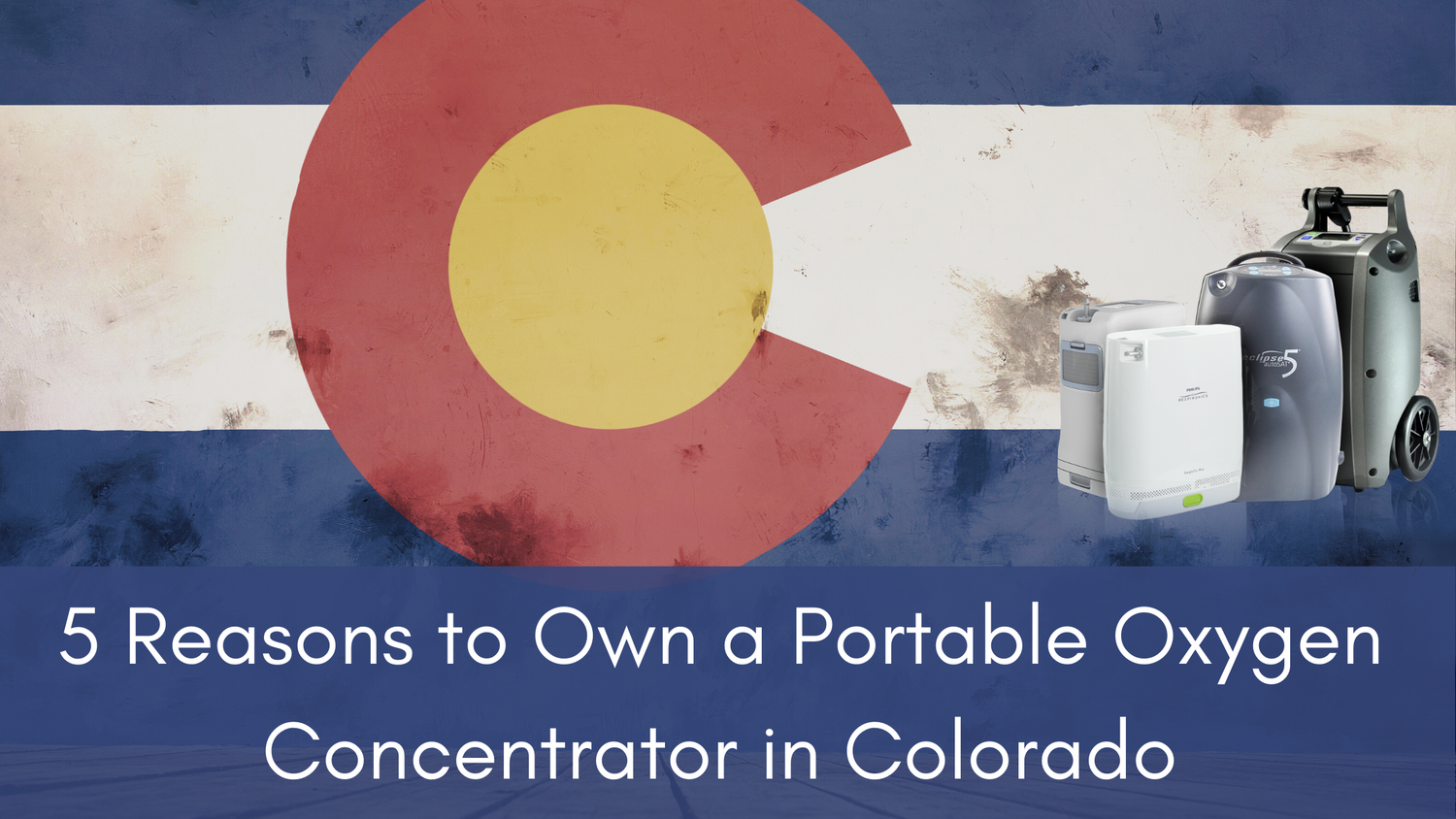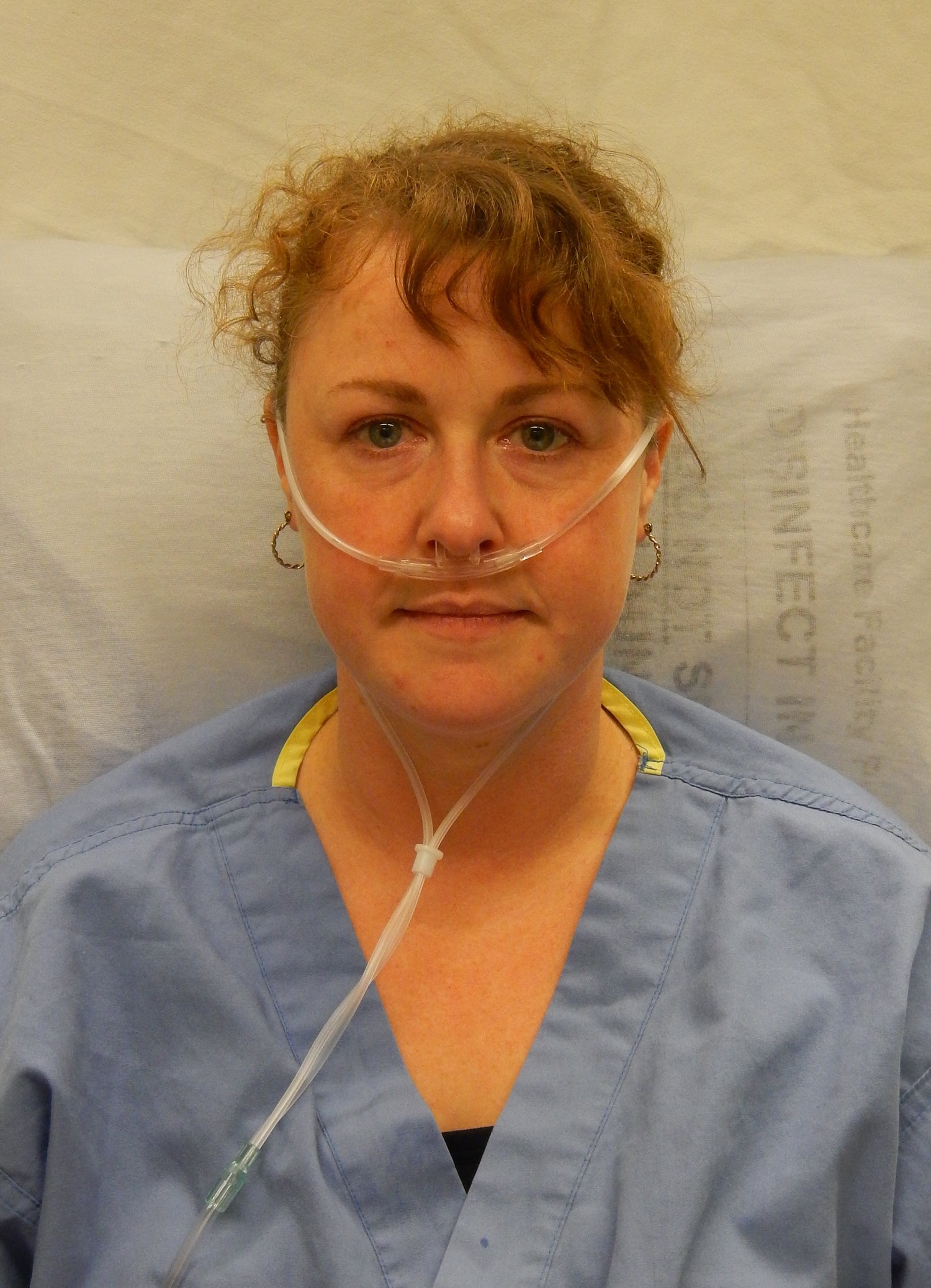Respiratory Resource Center - LPT Medical
5 Reasons to Own a Portable Oxygen Concentrator in Colorado
If you have a respiratory impairment like chronic obstructive...
Read MoreThe Inogen One G5: Pulse Flow Oxygen Concentrator Designed for 24/7 Use
Some people need a pulse flow portable oxygen...
Read MoreHow to Make Supplemental Oxygen More Comfortable
Supplemental oxygen therapy is an amazing, enabling, and life-saving...
Read More


